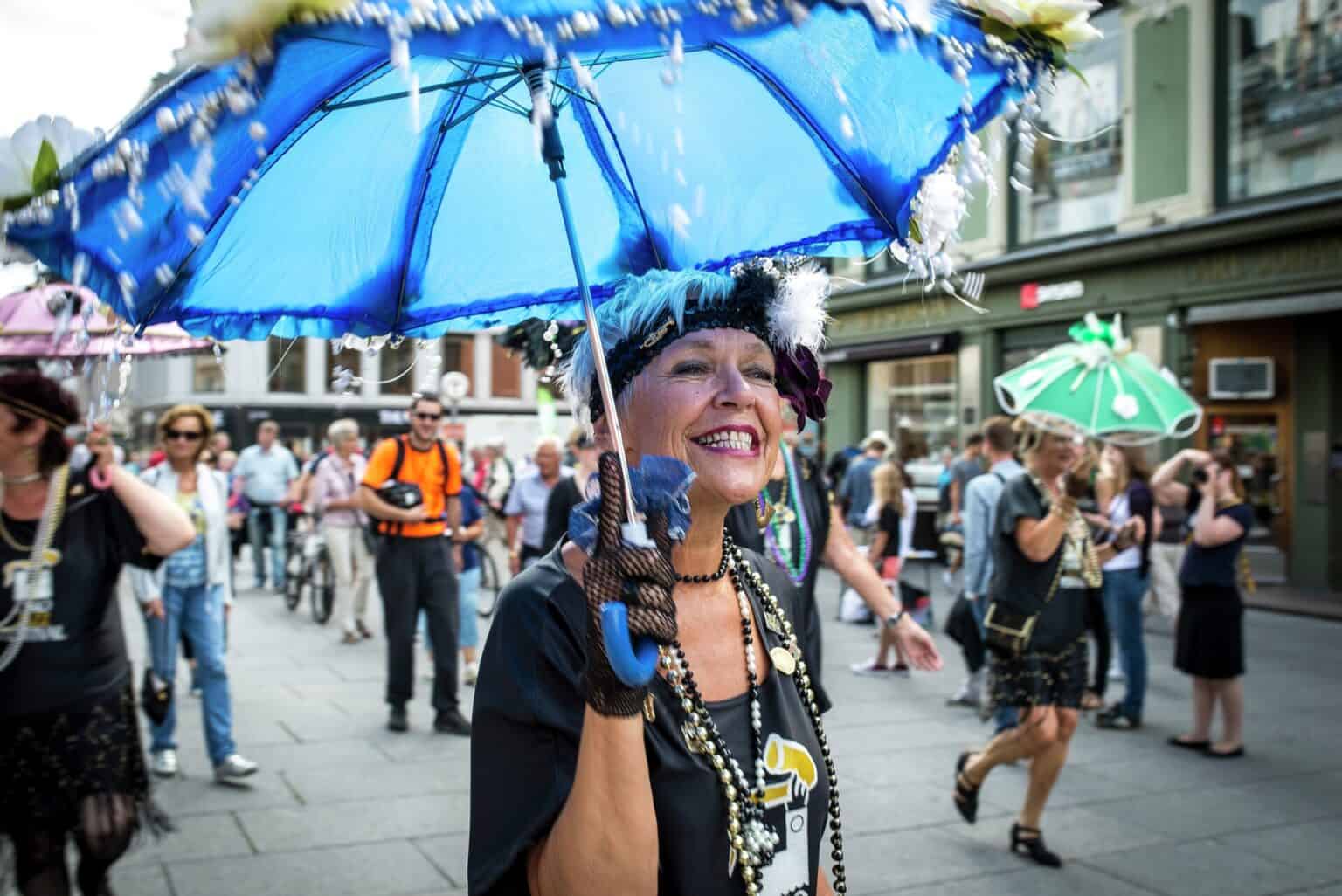
Scandinavian self-care secrets
Discover the Secrets of Scandinavian Self-Care

Have you heard about Scandinavian self-care practices? These Nordic traditions offer a simple yet powerful approach to wellbeing. Many people worldwide now embrace these practical wellness methods.
Discover the timeless wisdom behind Scandinavian self-care traditions. These practices go far deeper than trendy wellness fads. They represent centuries of cultural knowledge about balanced living.
Scandinavian self-care focuses on simplicity, nature connection, and everyday mindfulness. These practices can transform your daily routines in meaningful ways. They bring tranquilly and balance without complicated techniques.
Ready to explore Nordic wellness traditions? These accessible practices might revolutionise your approach to self-care. Learn how small, intentional habits can create significant improvements in your everyday wellbeing.
Key Takeaways
- Creating a cosy and hygge environment is essential for self-care and well-being.
- Engaging in outdoor activities and spending time in nature can promote relaxation and reduce stress.
- Mindful eating practices, such as cooking and slow eating, can enhance appreciation for food and overall health.
- Incorporating sauna and cold plunge sessions into a self-care routine can provide physical and mental rejuvenation.
The Concept of Hygge

Embrace the cosy and intimate atmosphere of ‘Hygge’ to cultivate a sense of comfort and contentment in your everyday life. Cosy aesthetics play a vital role in creating a ‘Hygge’ environment.
Soft blankets, warm lighting, and natural elements like wood and stone can help create a serene and inviting space for self-reflection and relaxation. Take time for self-reflection as a part of your ‘Hygge’ practice.
This could involve journaling, meditation, or simply finding a quiet moment to be present with your thoughts. Cultivating social connections is another key aspect of ‘Hygge’.
Gather with friends and loved ones in a cosy setting, share a meal, and engage in meaningful conversations. Incorporating relaxation techniques such as deep breathing, gentle yoga, or enjoying a hot cup of tea can enhance the overall feeling of home comfort.
By incorporating these elements into your life, you can embrace the ‘Hygge’ lifestyle and create a warm, inviting sanctuary where you can find peace and contentment.
Embracing Nature for Wellbeing
Embracing nature can significantly contribute to your overall wellbeing and inner peace. Indeed, outdoor activities like nature walks or gardening therapy work wonders for your mind, body, and spirit. Have you perhaps tried forest bathing yet?
Interestingly, forest bathing isn’t about taking a traditional bath but rather about immersing yourself in the healing powers of the forest. Specifically, this practice involves mindfully walking through woods, breathing fresh air, and allowing natural surroundings to soothe your soul. Moreover, it offers a powerful way to connect with nature while alleviating stress.

Gardening therapy, another form of ecotherapy, offers similar benefits. Digging your hands into the soil, watching plants grow, and nurturing a garden can bring a profound sense of fulfilment and tranquilly.
So, next time you’re feeling overwhelmed, consider spending some quality time in nature. Whether it’s a leisurely stroll through a local park or a day spent tending to your garden, let the healing energy of the outdoors restore and rejuvenate you.
Mindful Eating
Engaging in mindful eating practices can foster a deeper connection with your food and promote a greater sense of well-being. By practising mindful cooking and embracing food rituals, you can elevate your meals into nourishing experiences for both body and soul.
Slow eating and intuitive eating are essential components of mindful eating, allowing you to savour each bite and listen to your body’s cues.
| Mindful Eating Tips | Benefits |
|---|---|
| Engage in mindful cooking | Enhances appreciation for ingredients |
| Embrace food rituals | Cultivates a sense of gratitude |
| Practice slow eating | Aids digestion and enjoyment of meals |
| Embrace intuitive eating | Encourages listening to your body’s hunger and fullness cues |
| Prioritize nourishing meals | Supports overall health and well-being |
When you approach each meal with mindfulness, you create a space for connection and nourishment. Taking the time to prepare and savour your food can lead to a deeper appreciation for the nourishment it provides. As you incorporate these mindful eating practices into your daily life, you will find yourself experiencing a newfound joy and satisfaction with each meal.
Sauna and Cold Plunge Therapy
Have you ever experienced the invigorating contrast between a sauna’s warmth and a cold plunge’s brisk chill? This hot-cold therapy represents not just a Scandinavian tradition but also a powerful self-care routine. Furthermore, it offers numerous health benefits that improve overall wellbeing.
The intense heat of the sauna helps relax your muscles, cleanse your skin and promote mental clarity. Meanwhile, as you bask in the enveloping warmth, stress and tension simply melt away. Consequently, you’ll feel rejuvenated and peaceful after each session.
The subsequent cold plunge invigorates your senses, improves circulation and enhances your mood. Additionally, this sudden temperature change strengthens your immune system and boosts metabolism. Therefore, the contrast creates multiple health benefits in just one practice.
Combining these relaxation techniques leaves you feeling refreshed and promotes overall wellbeing. In fact, incorporating sauna and cold plunge sessions into your routine can transform your self-care experience. Both your body and mind will thank you for this rejuvenating practice.
Next time you have the opportunity, indulge in this time-honoured therapy. Above all, embrace the revitalising effects that Scandinavians have enjoyed for centuries.
Work-Life Balance
After experiencing the rejuvenating effects of sauna and cold plunge sessions, maintaining a healthy work-life balance becomes essential for overall well-being and vitality. Finding the right work-life integration can be challenging, but it’s crucial for your well-being. Here are a few self-care practices to help you achieve balance:
- Prioritize Self-Care: Make time for self-care practices, whether it’s a morning meditation, an evening walk, or simply setting aside time for a hobby you love. Prioritizing self-care is essential for managing stress and maintaining well-being at work.
- Effective Time Management: Efficiently manage your time at work to ensure you have time for personal activities and relaxation. Set boundaries and learn to say no when necessary to prevent work from encroaching on your personal time.
- Establish Boundaries: Create clear boundaries between work and personal life. When you’re off the clock, focus on activities that rejuvenate you and avoid letting work-related stress seep into your personal time.
- Regular Check-ins: Regularly assess your stress levels and well-being at work. This helps you identify areas that need improvement and allows you to make necessary adjustments to maintain a healthy work-life balance.
Frequently Asked Questions
How Can I Incorporate the Concept of Hygge Into My Daily Routine Without Drastically Changing My Lifestyle?
You can incorporate the concept of Hygge into your daily routine without drastically changing your lifestyle by embracing cosy rituals, everyday wellness, simple pleasures, comfortable spaces, and relaxation techniques. It’s all about finding comfort in small moments.
What Are Some Lesser-Known Nordic Self-Care Rituals That Focus on Embracing Nature?
To embrace nature in Scandinavian self-care, try forest bathing and outdoor meditation. Immerse yourself in nature’s healing power and embrace wilderness therapy for a rejuvenating experience that nurtures your mind, body, and soul.
Are There Specific Mindful Eating Practices or Techniques That Are Commonly Followed in Scandinavian Self-Care Routines?
In Scandinavian self-care routines, mindful eating is a key component. The Nordic cuisine emphasizes food rituals and a holistic approach to eating. By embracing the Scandinavian diet and eating habits, you can cultivate a deeper connection with your food and overall well-being.
What Are the Potential Health Benefits of Incorporating Sauna and Cold Plunge Rituals Into My Self-Care Routine?
Incorporating sauna and cold plunge rituals into your self-care routine can bring numerous health benefits. These relaxation techniques offer stress reduction, body rejuvenation, mental clarity, physical wellness, and improvements in the immune system and circulation.
How Do Scandinavians Prioritise Work-Life Balance, and What Strategies Do They Use to Maintain It?
To prioritise work-life balance, Scandinavians use stress management and relaxation techniques, time management with boundaries, mindful movement like nature walks, digital detox by unplugging, and fostering social connections for community support.

Conclusion
Now that you’ve unlocked the art of Scandinavian self-care, it’s time to infuse your life with the cosy and balanced lifestyle you’ve been craving. Embrace the simplicity of mindful living while indulging in the warmth of Hygge.
Find solace in nature, savour the joy of mindful eating, and embrace the revitalizing effects of sauna and cold plunges. With a newfound sense of harmony and contentment, you’re ready to prioritize your overall wellness and find joy in the present moment.

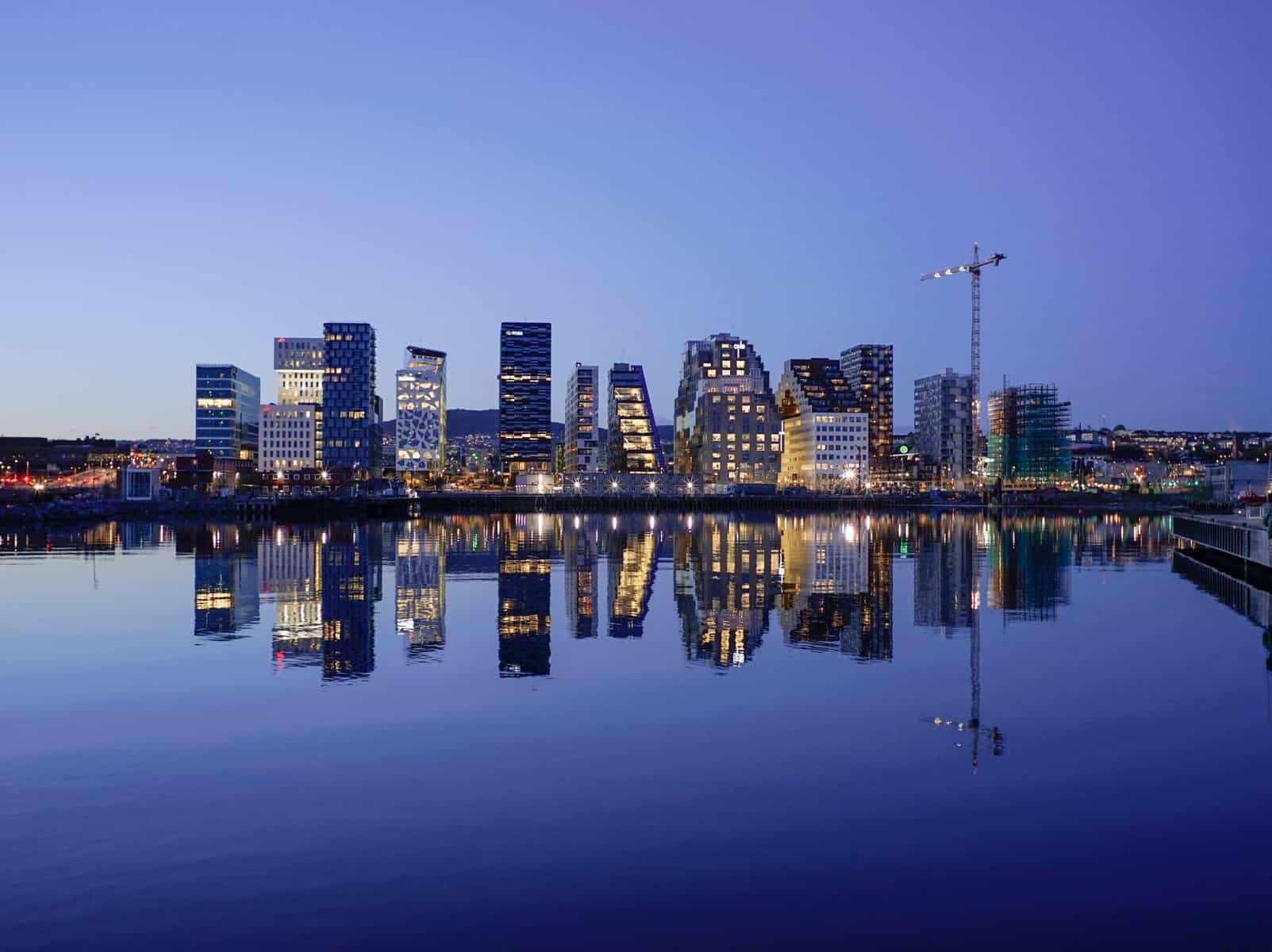
 Marvel at the striking design of this contemporary masterpiece and enjoy panoramic views from its rooftop.
Marvel at the striking design of this contemporary masterpiece and enjoy panoramic views from its rooftop.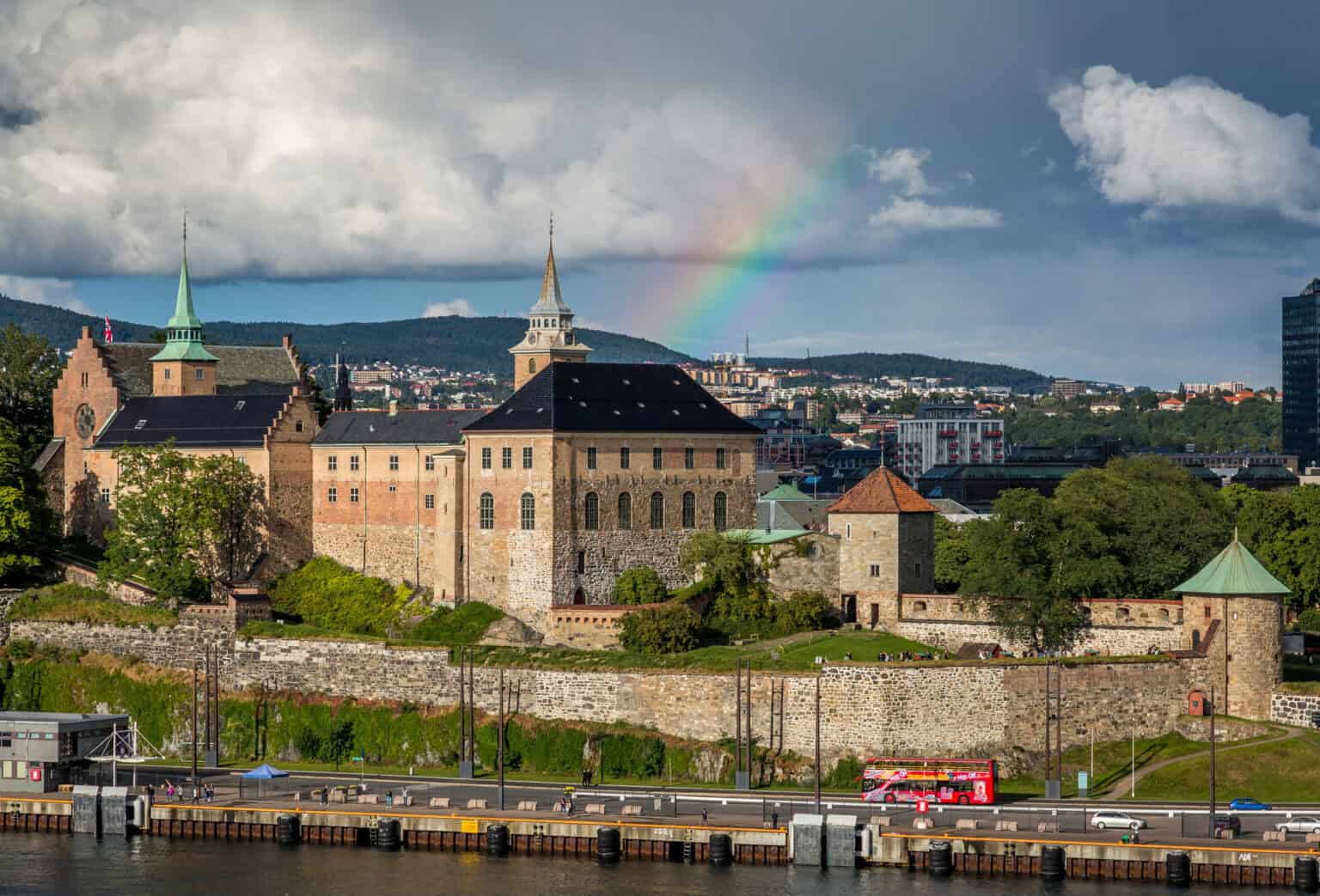
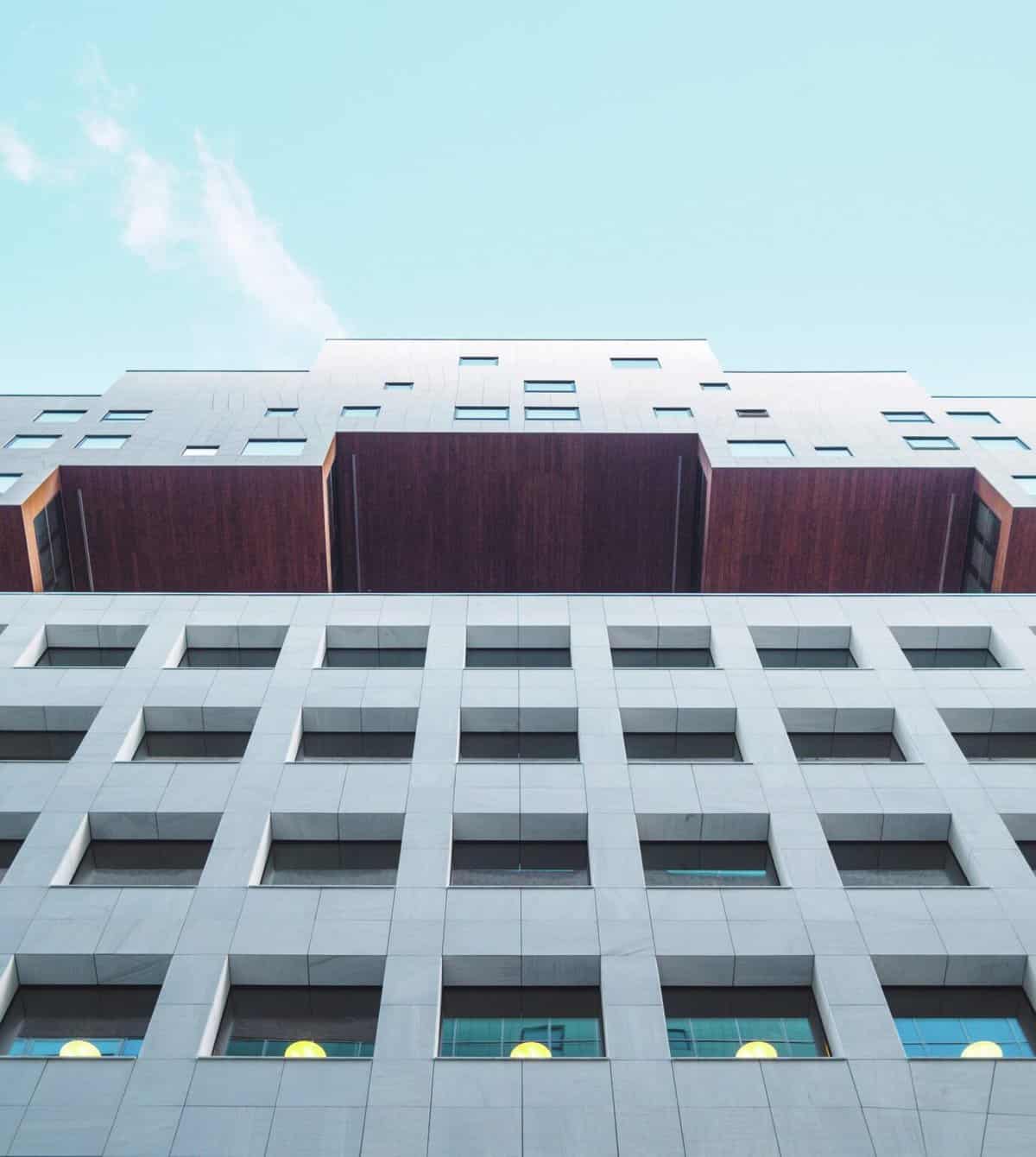

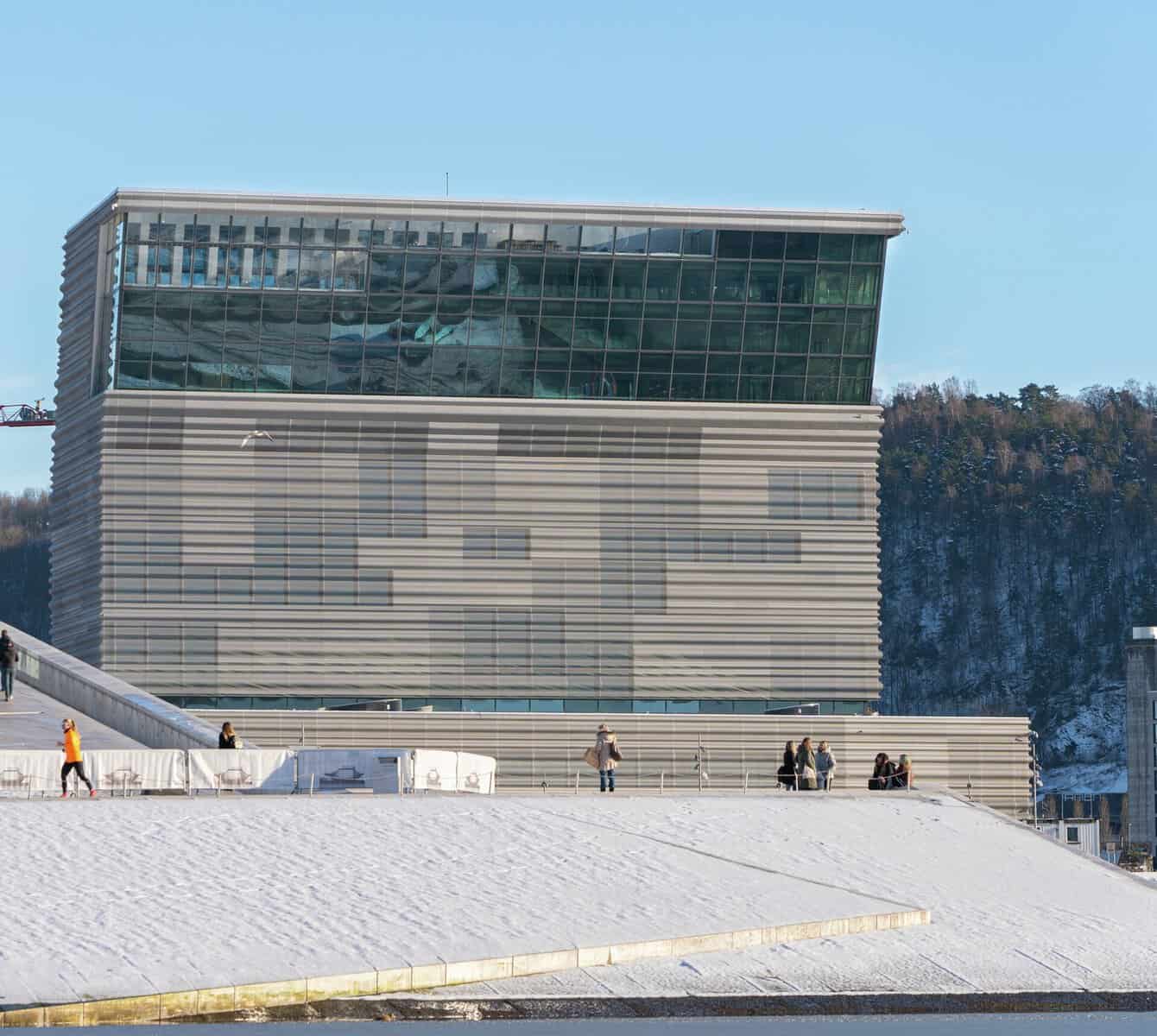

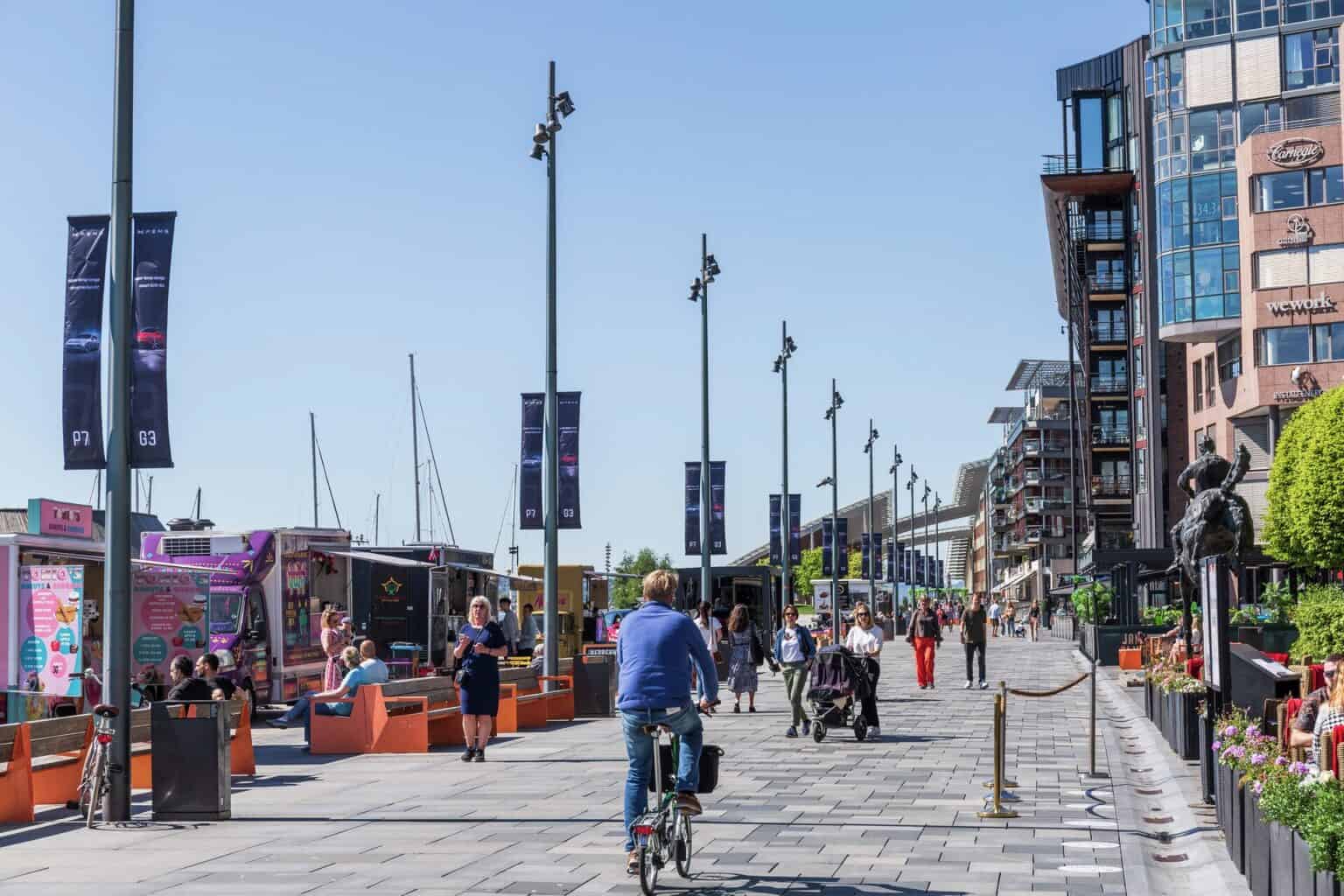
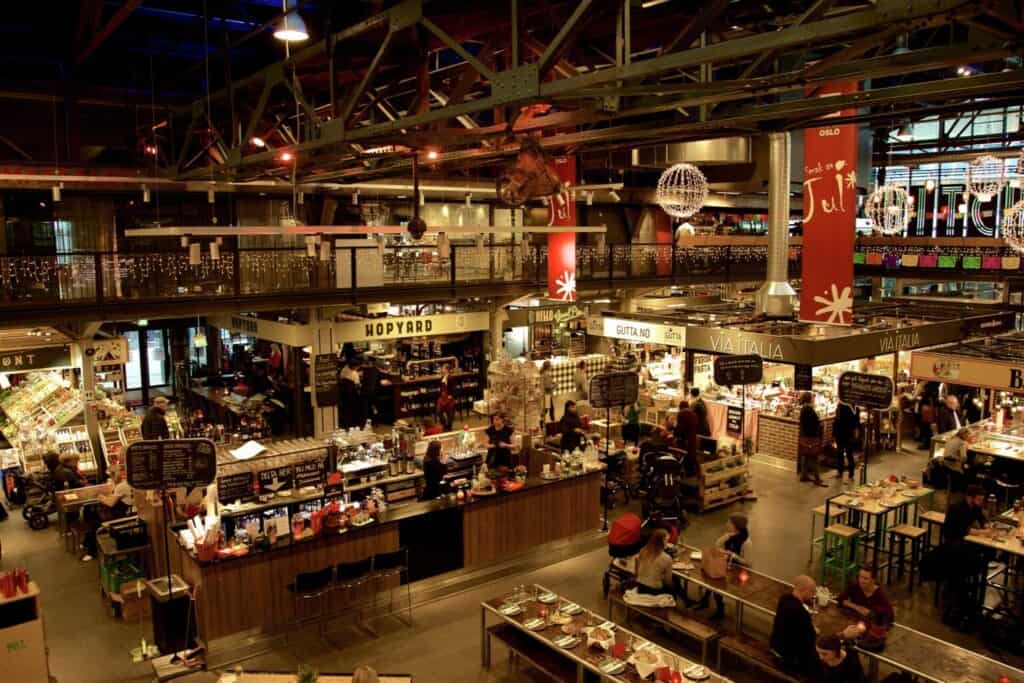
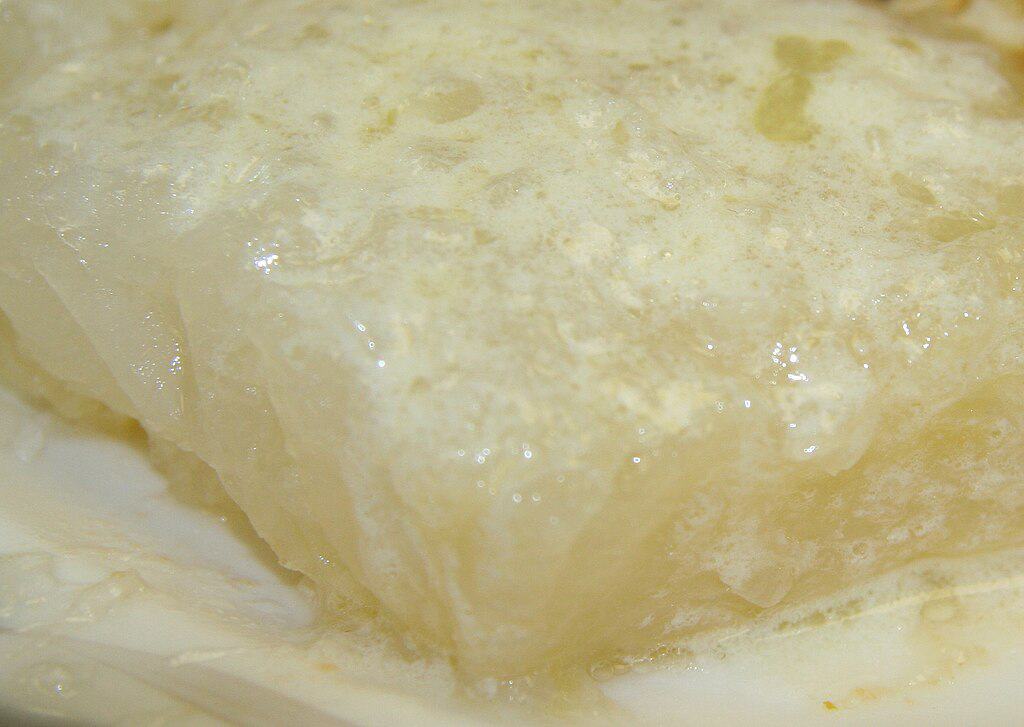



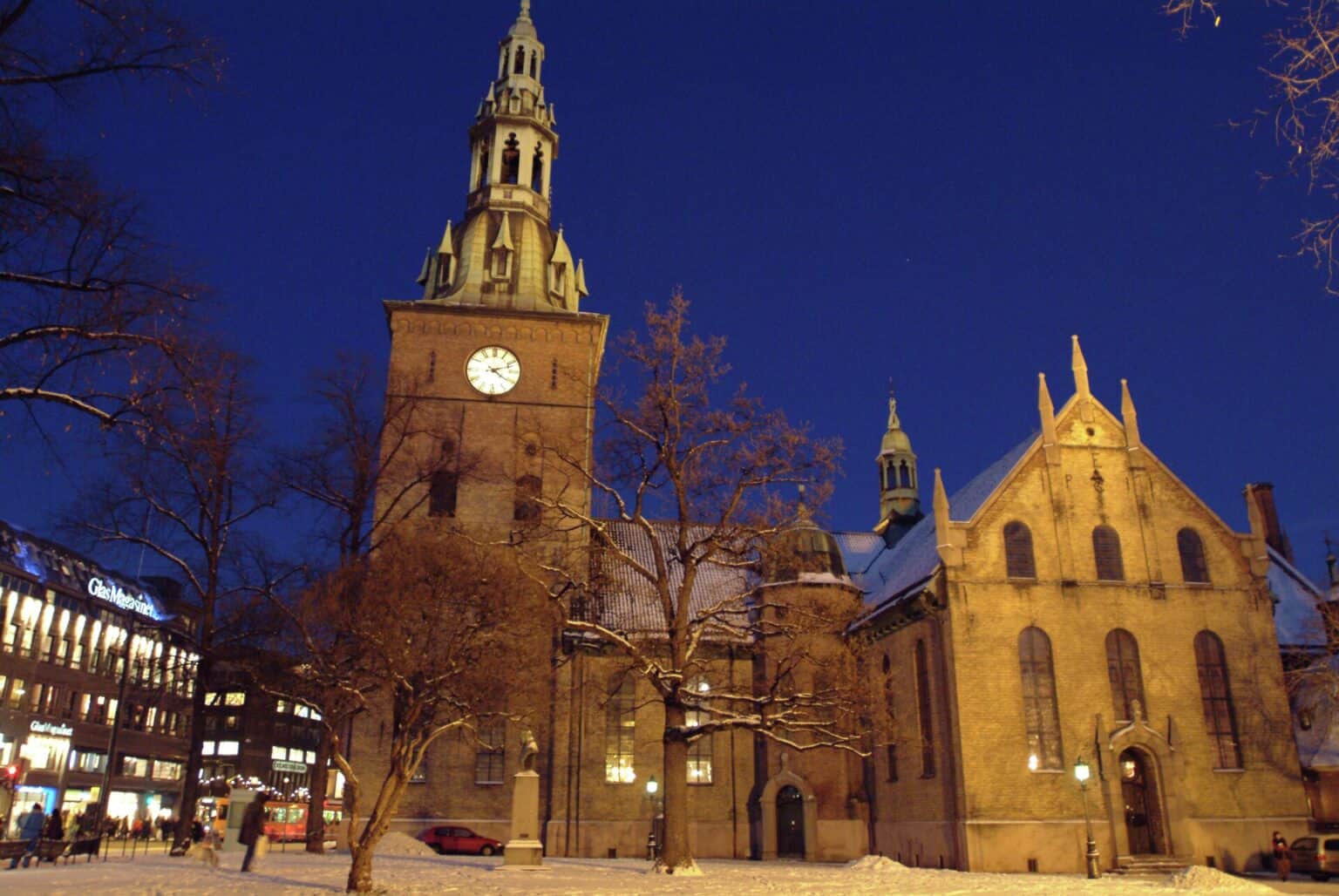 Visit this stunning cathedral, known for its beautiful stained glass windows and serene atmosphere.
Visit this stunning cathedral, known for its beautiful stained glass windows and serene atmosphere.